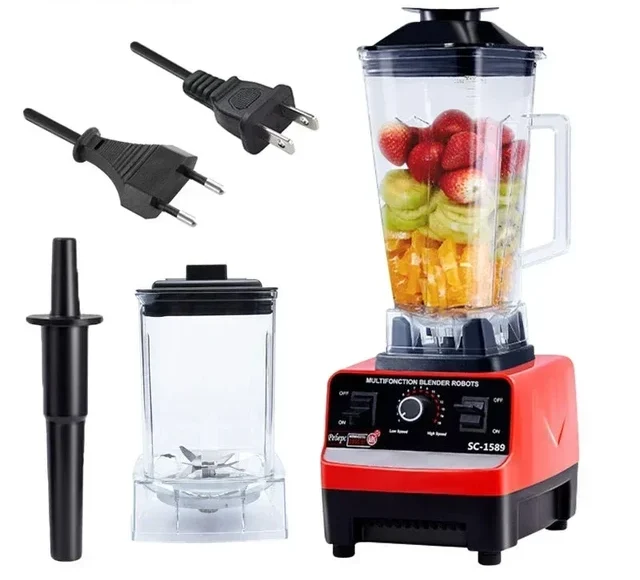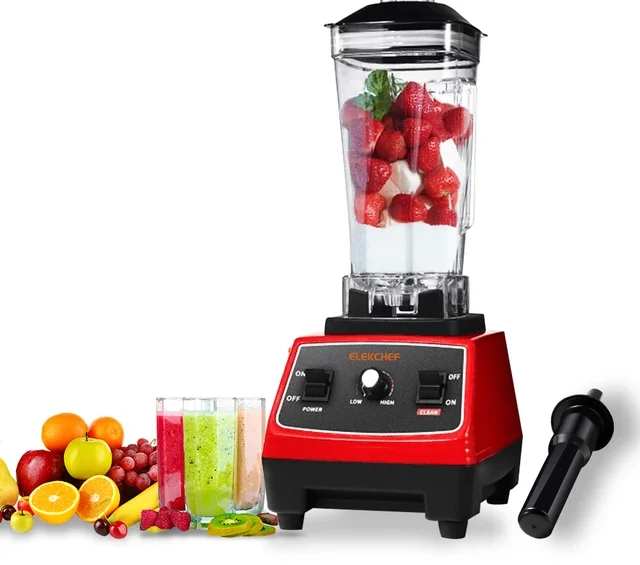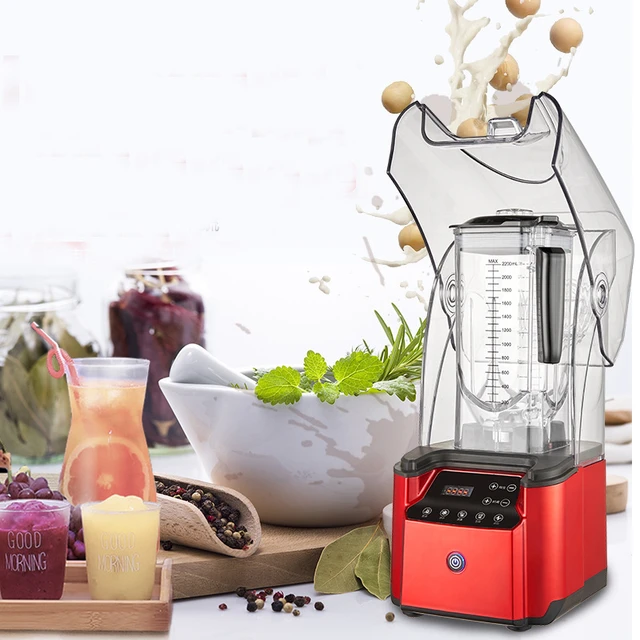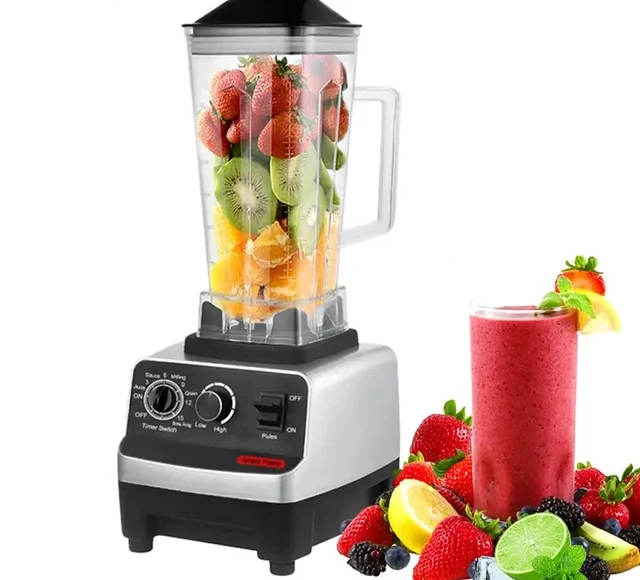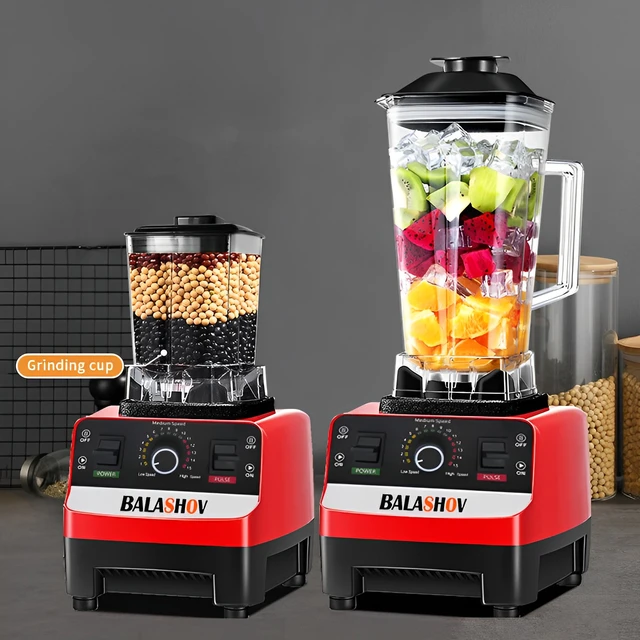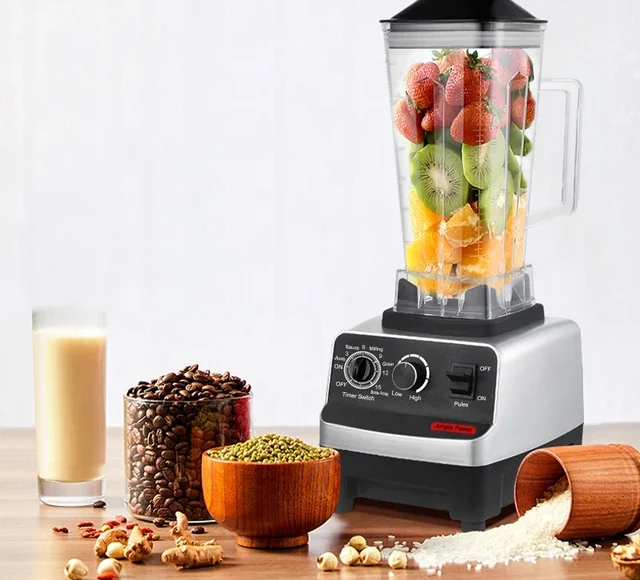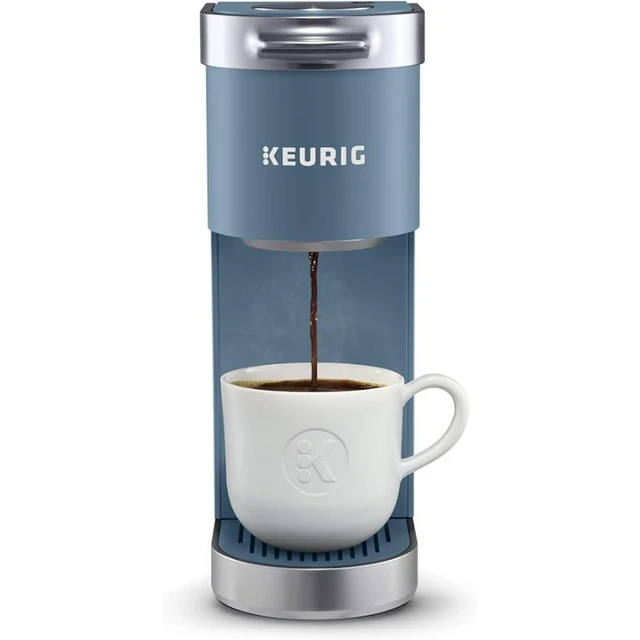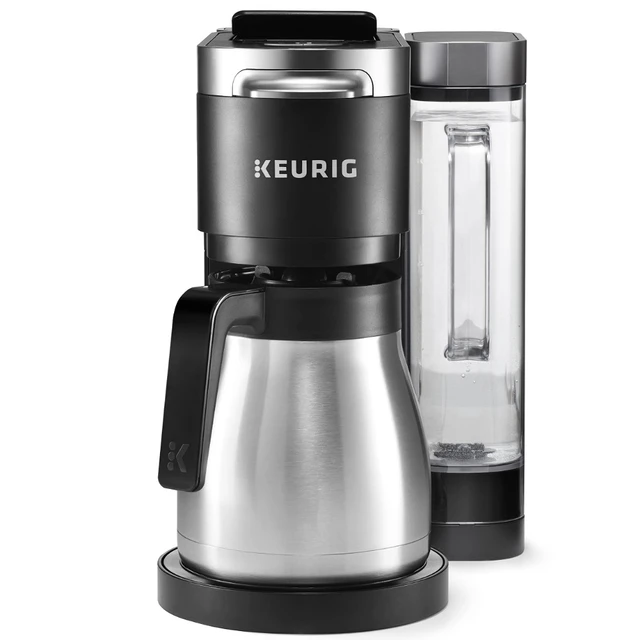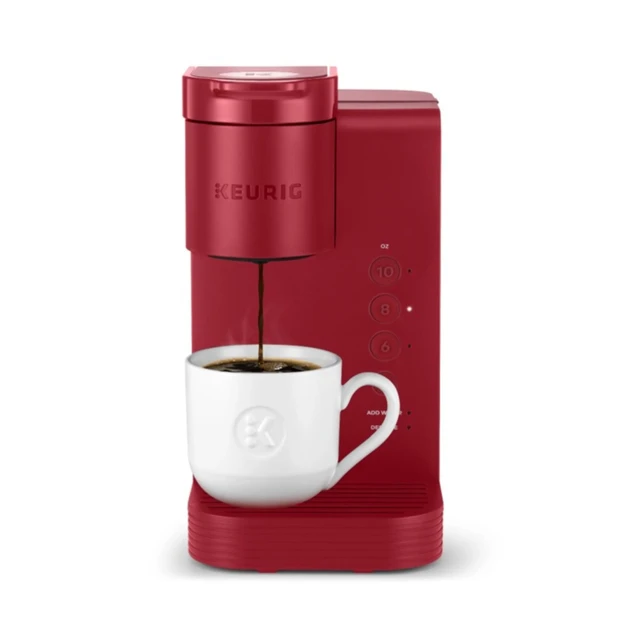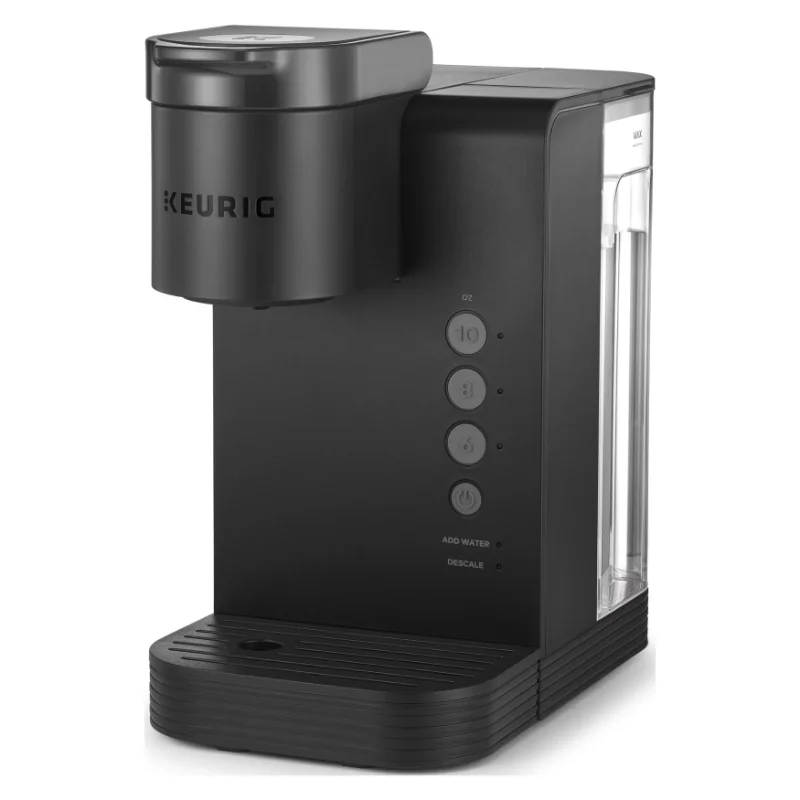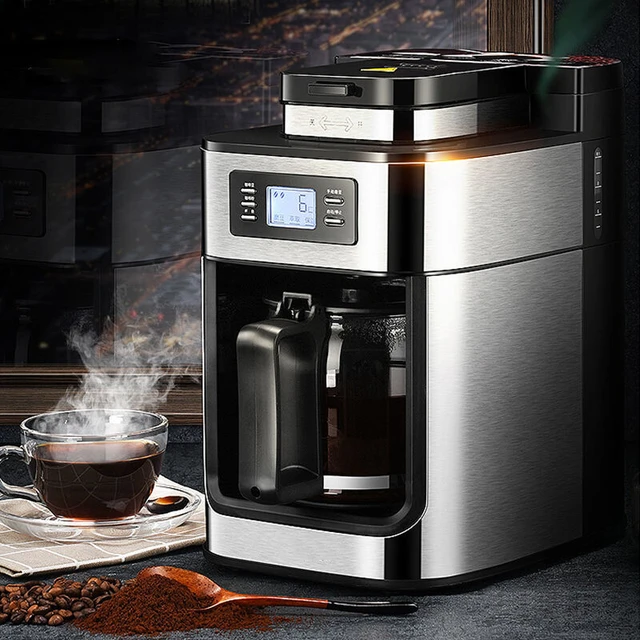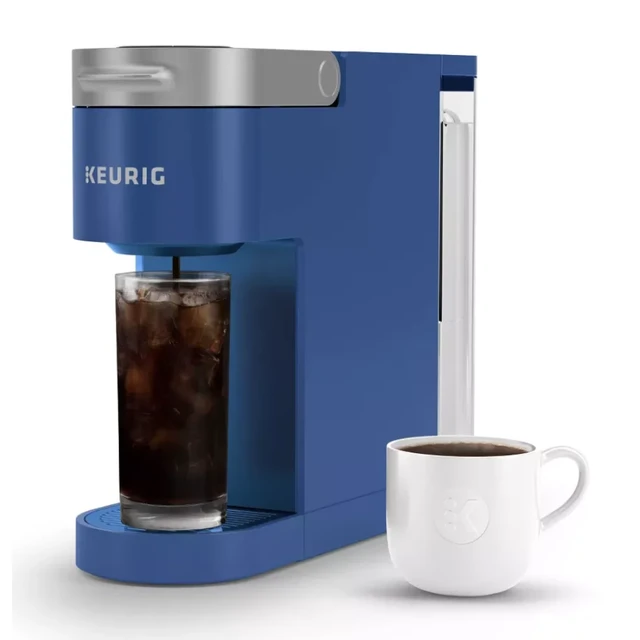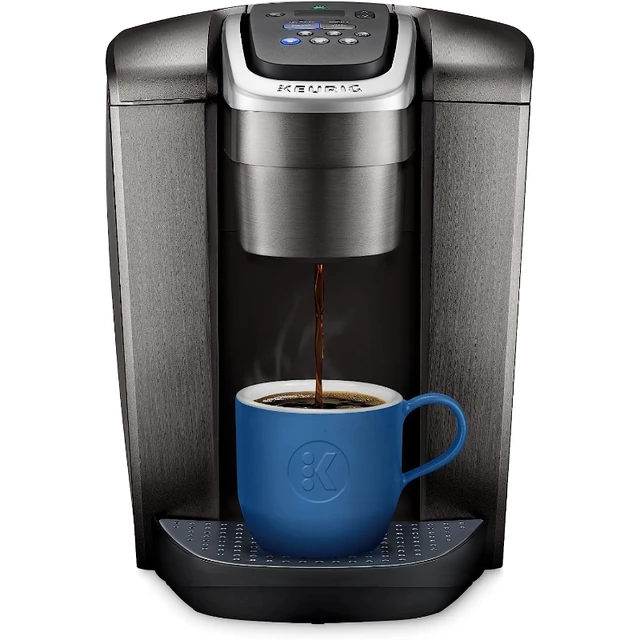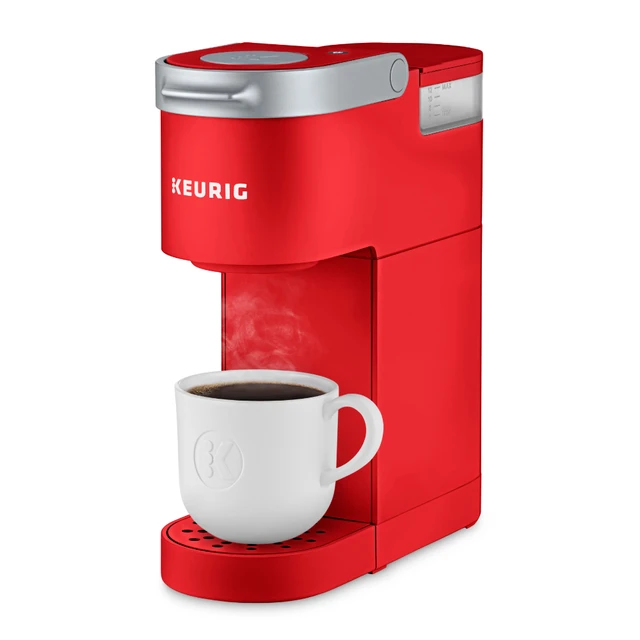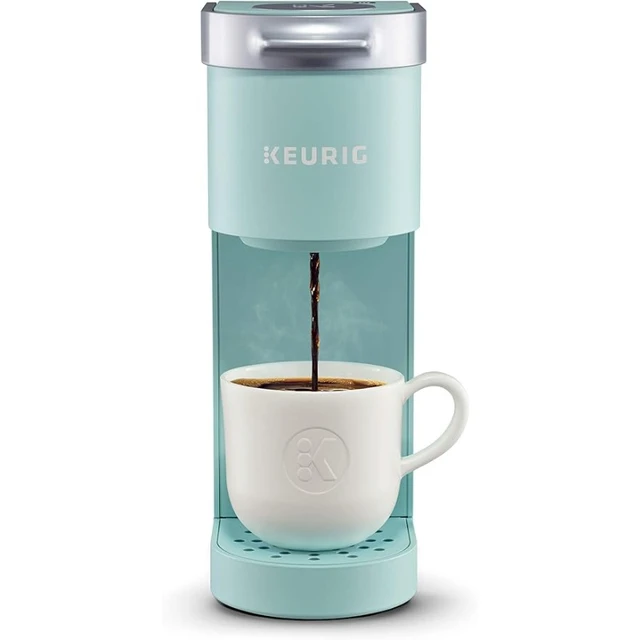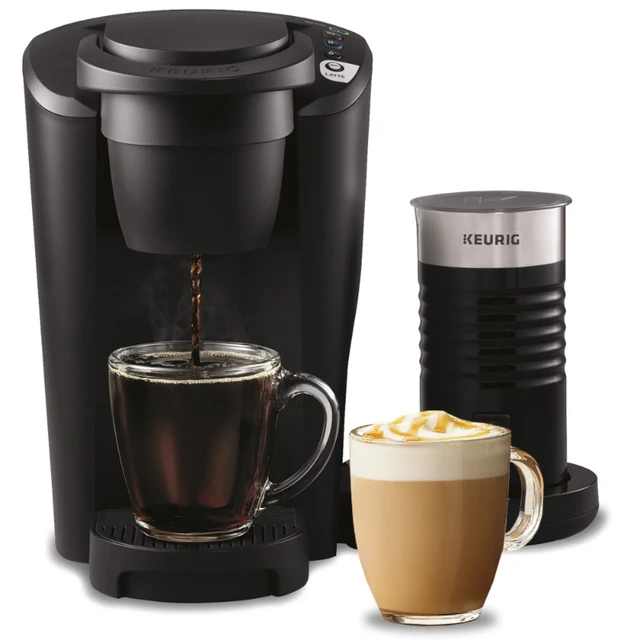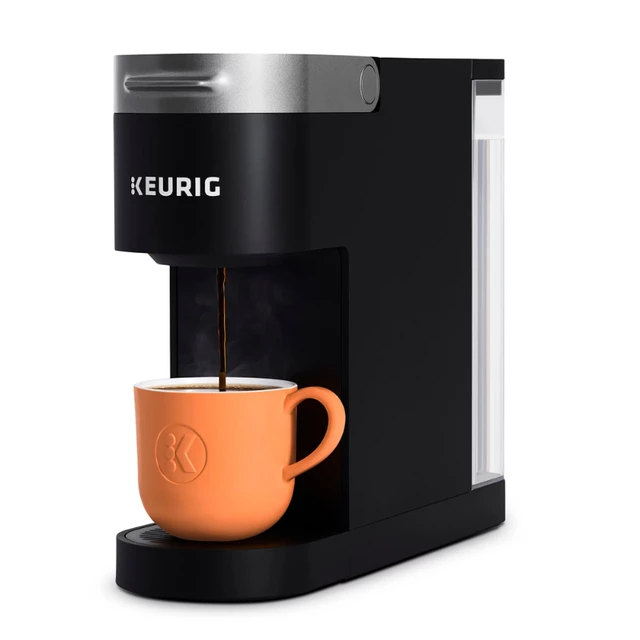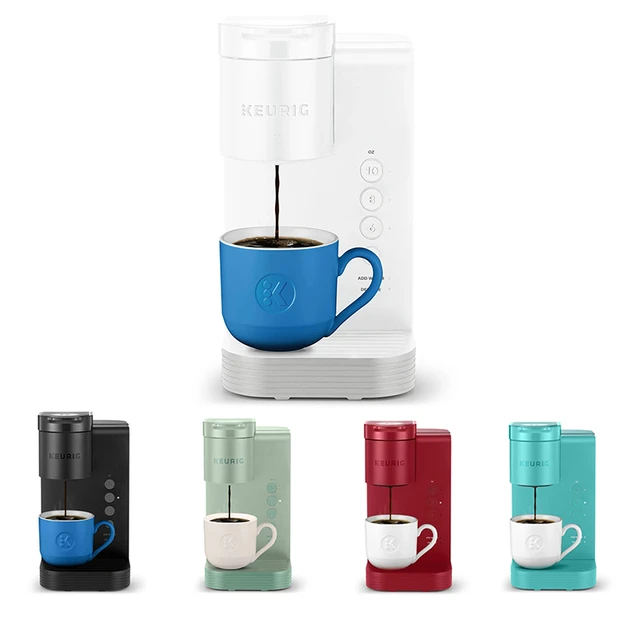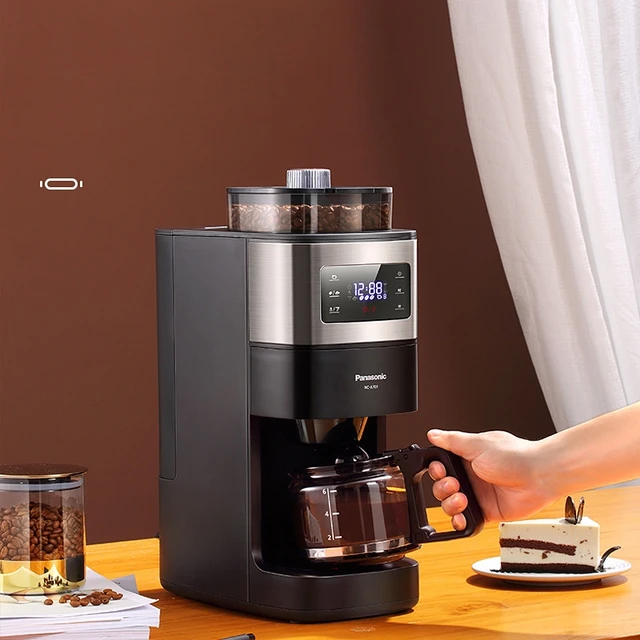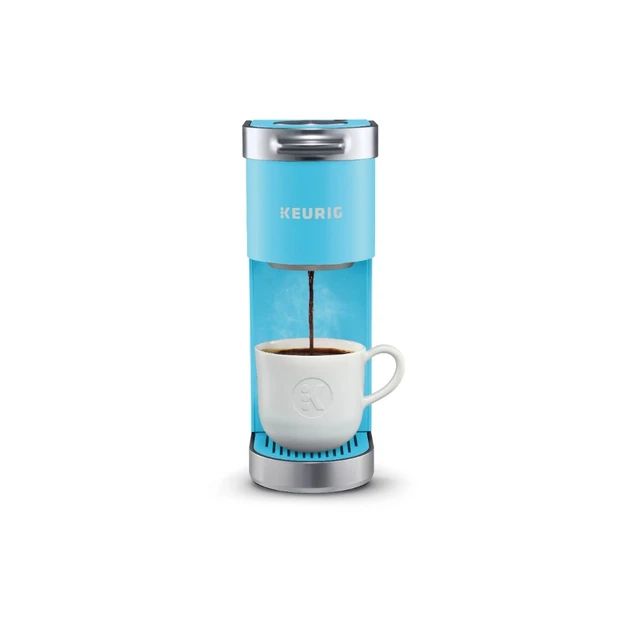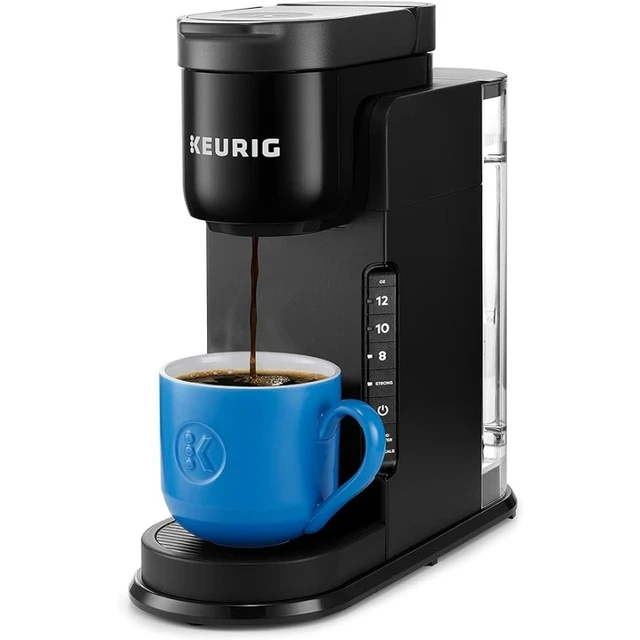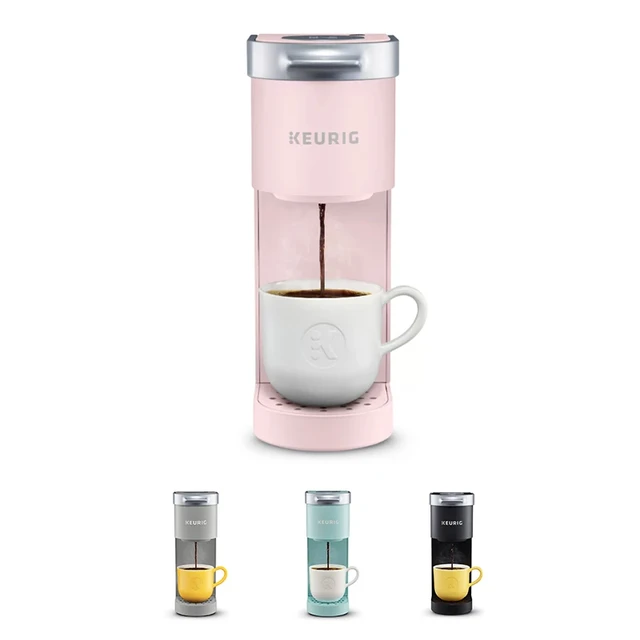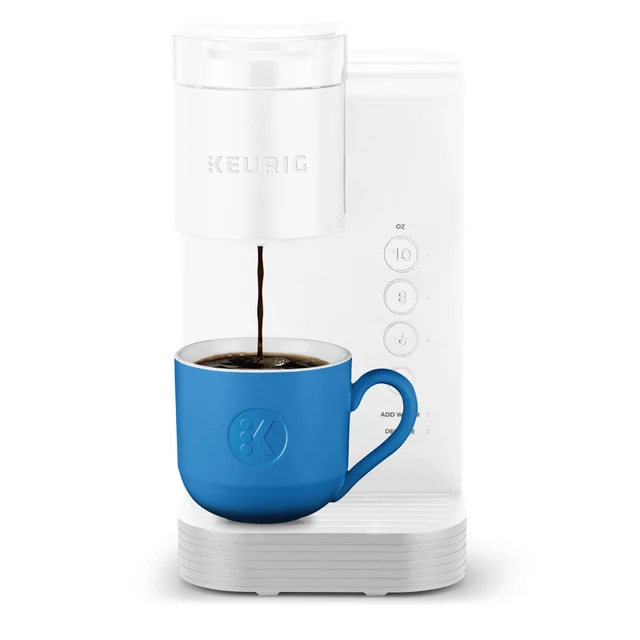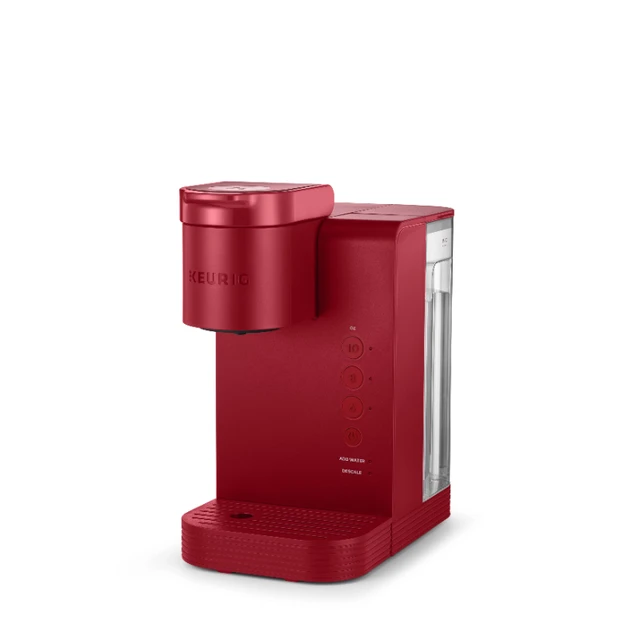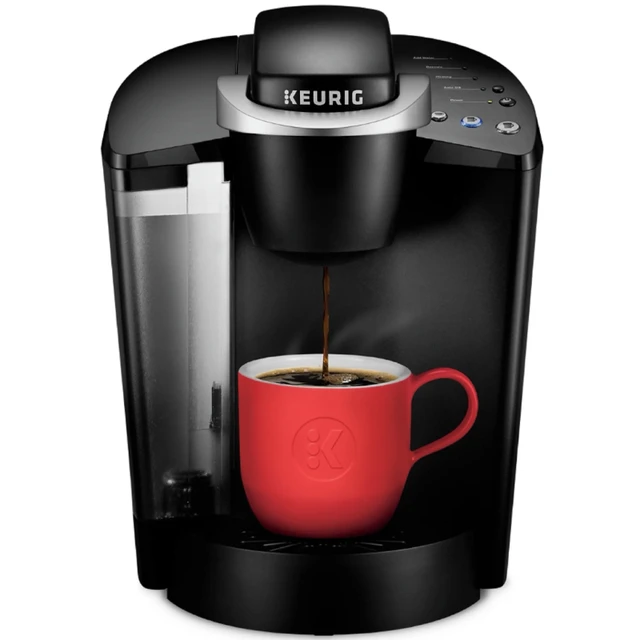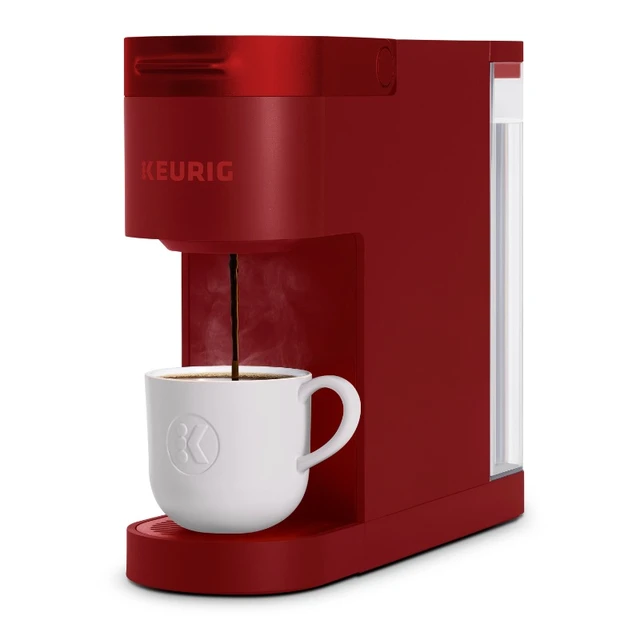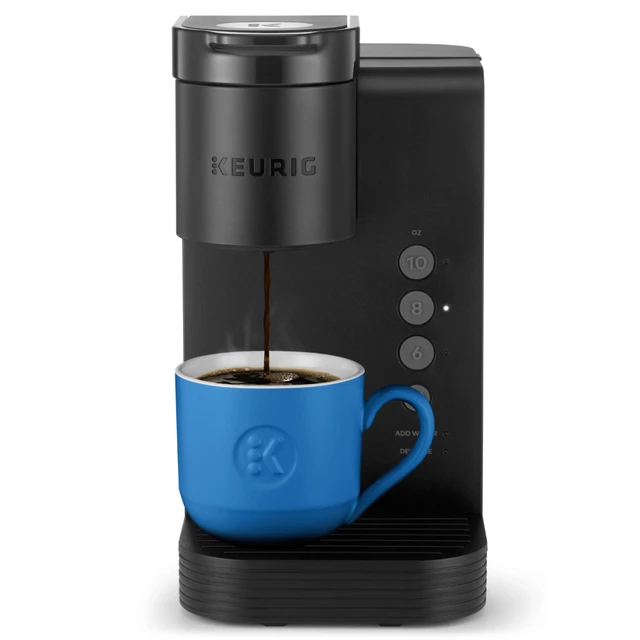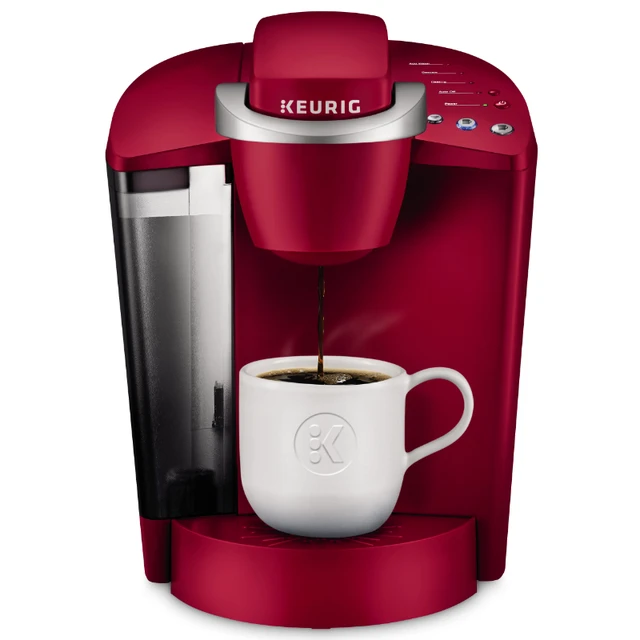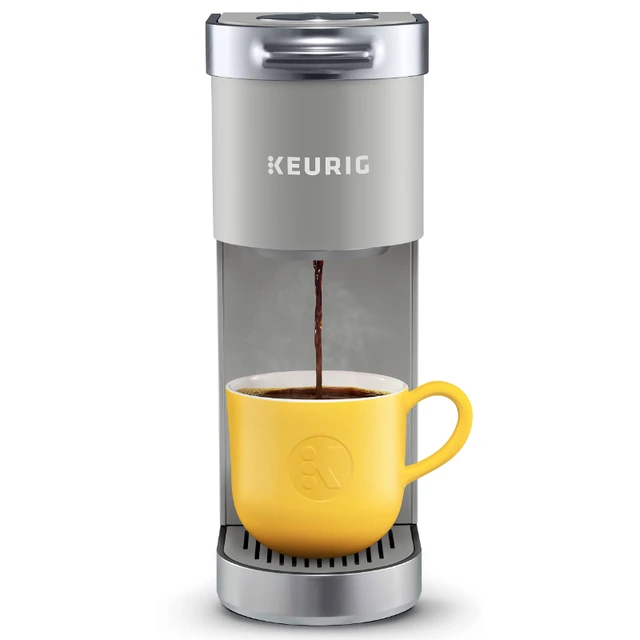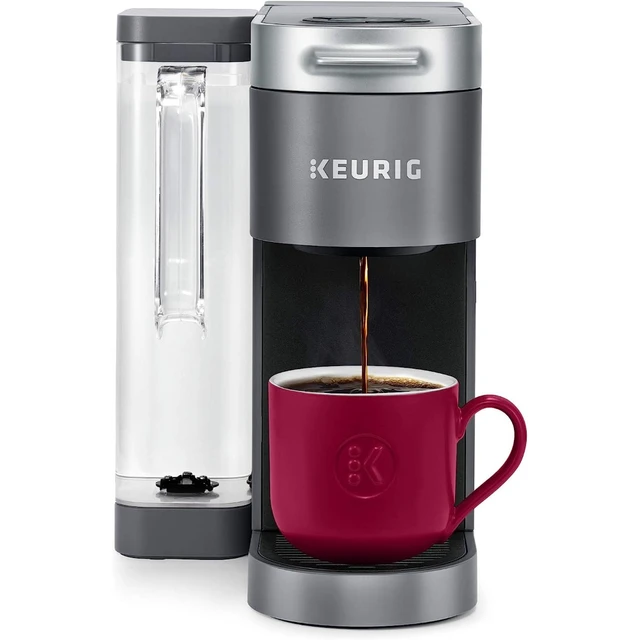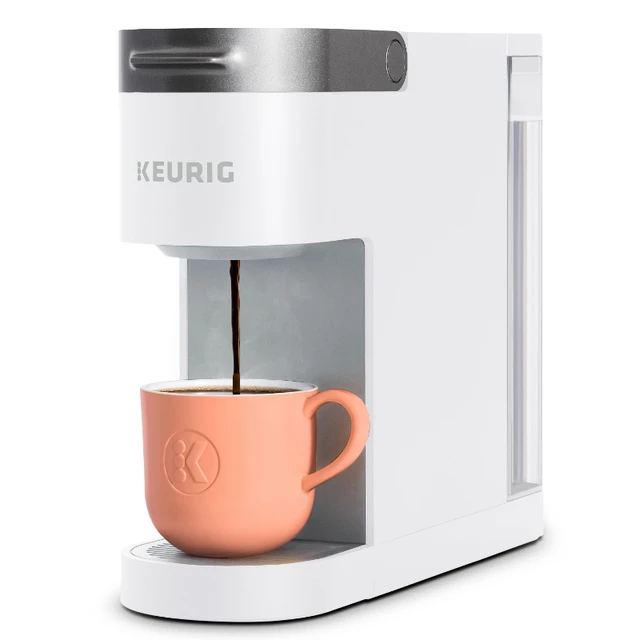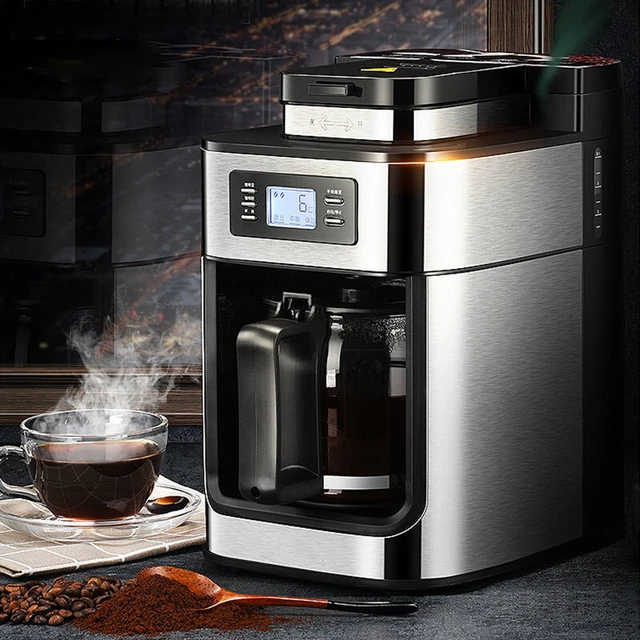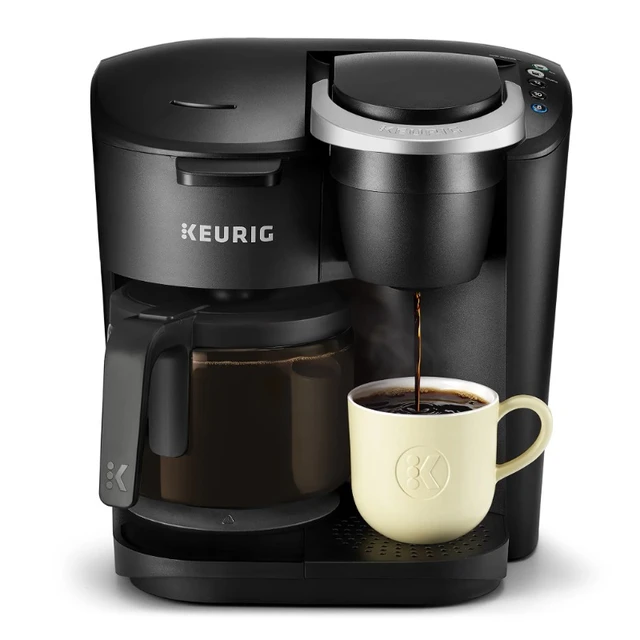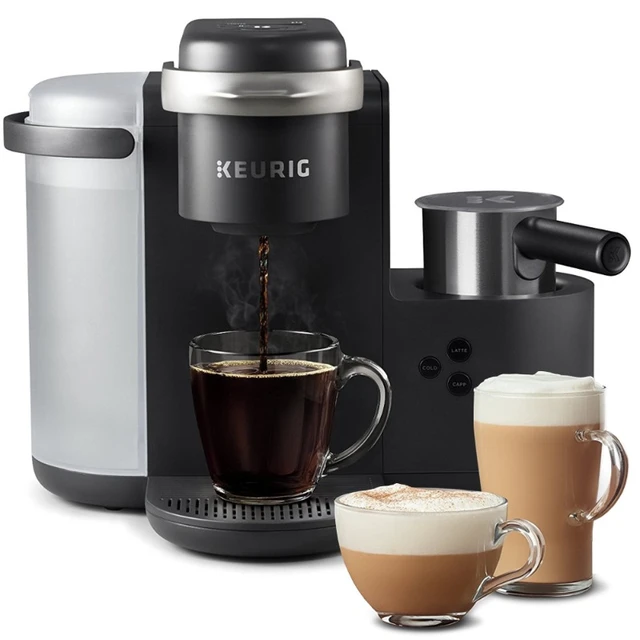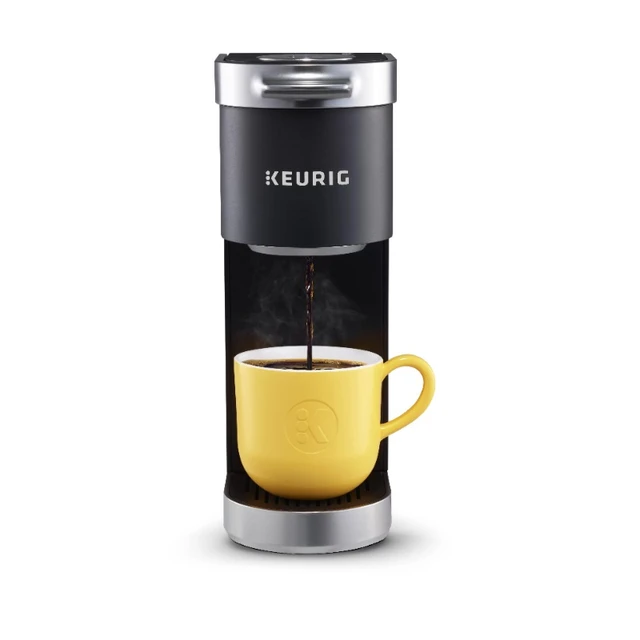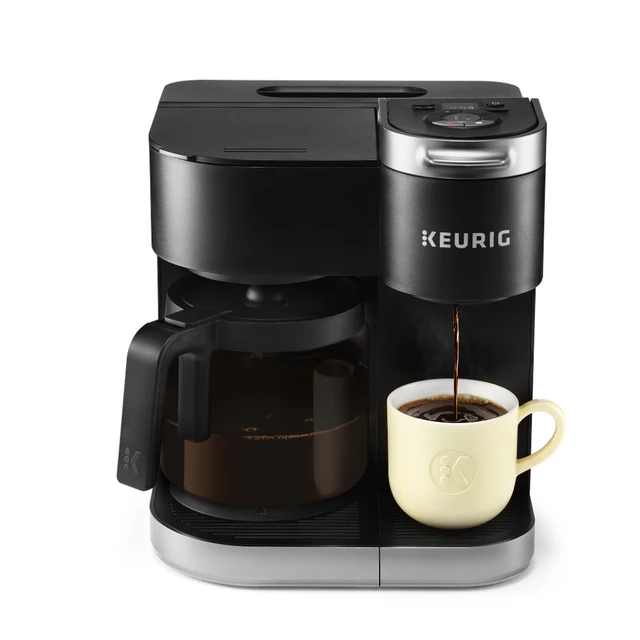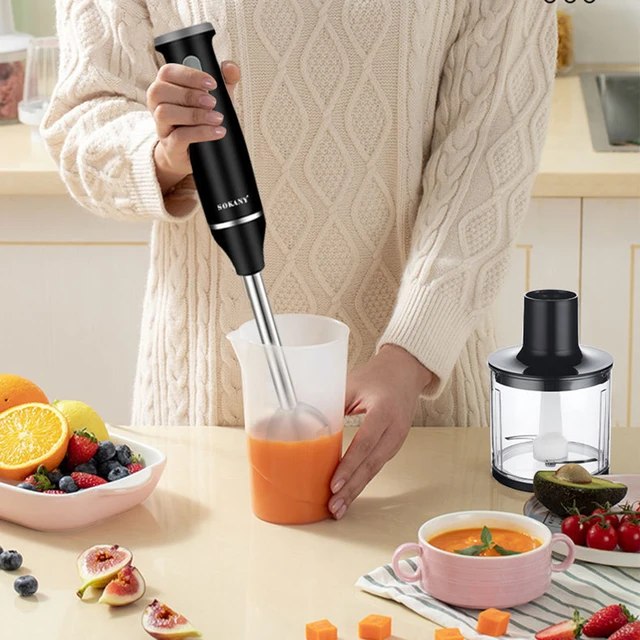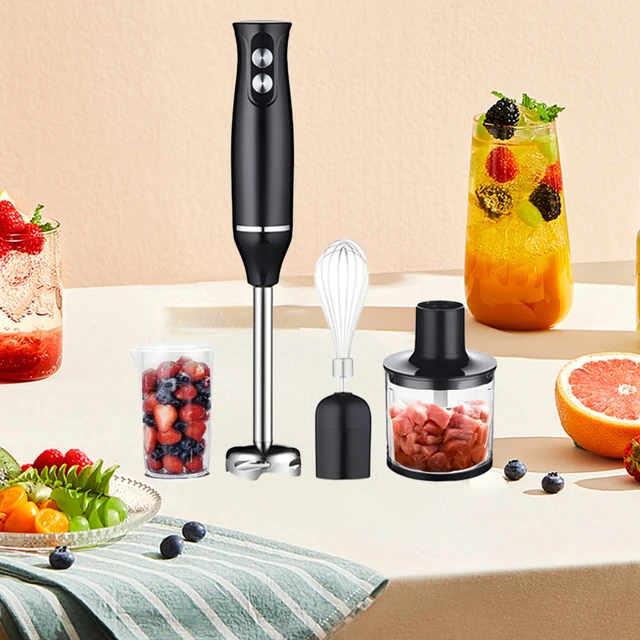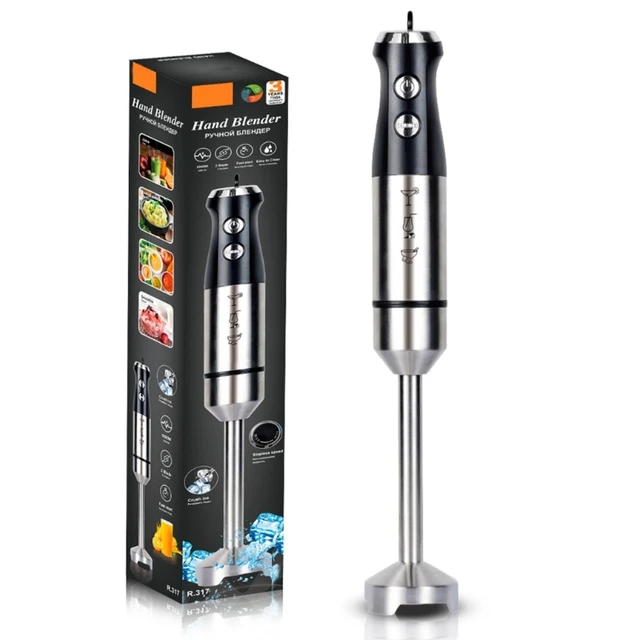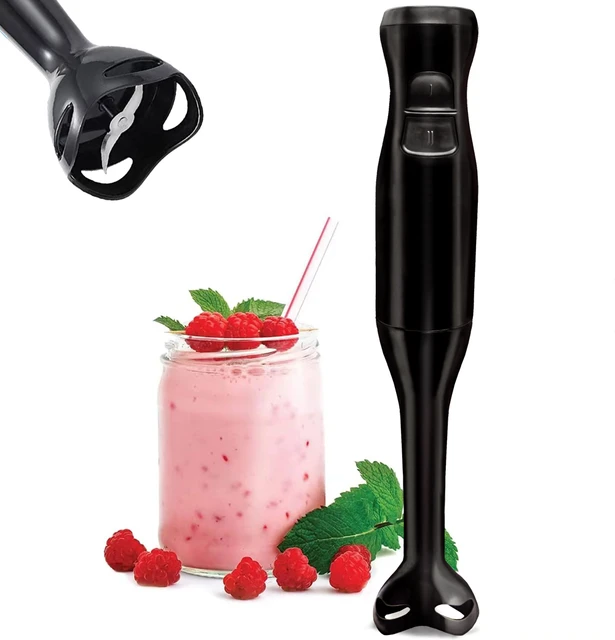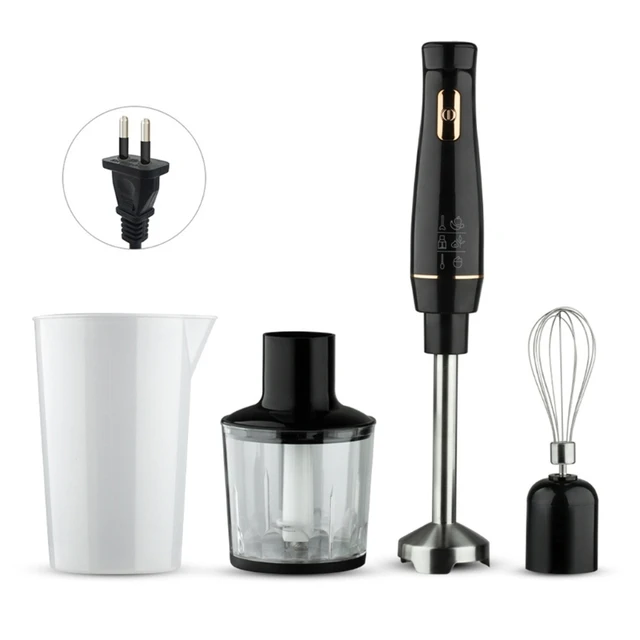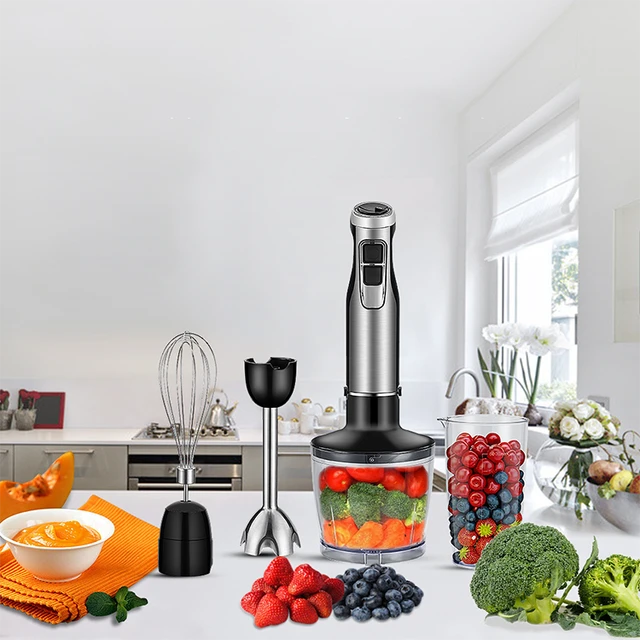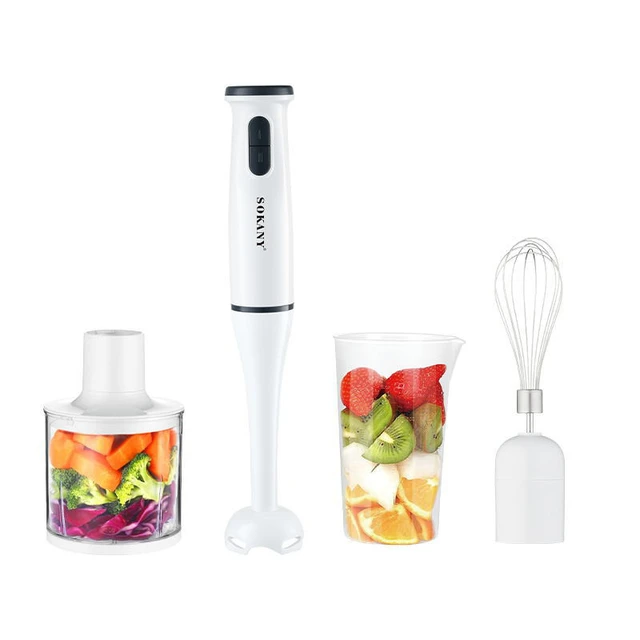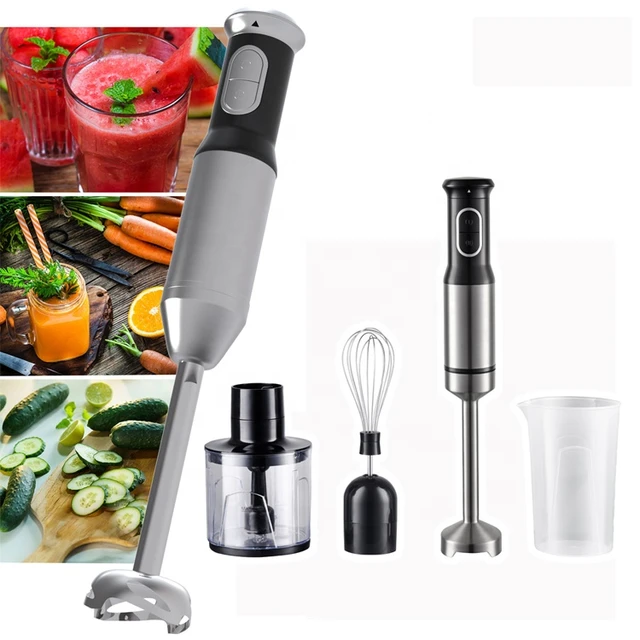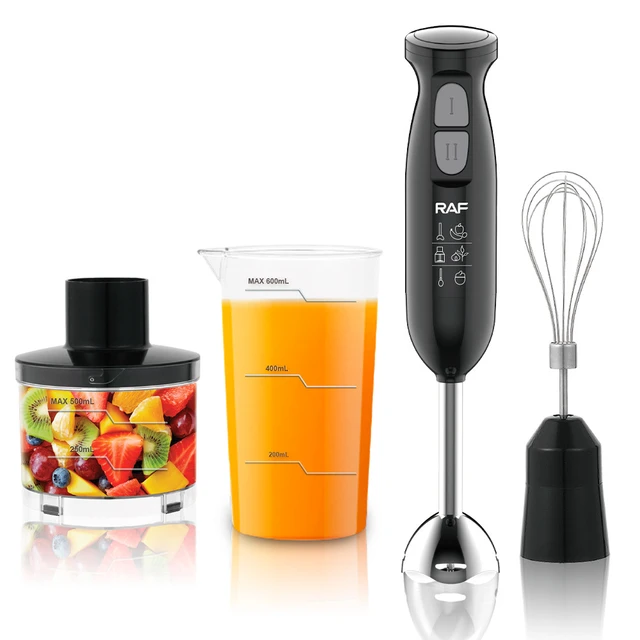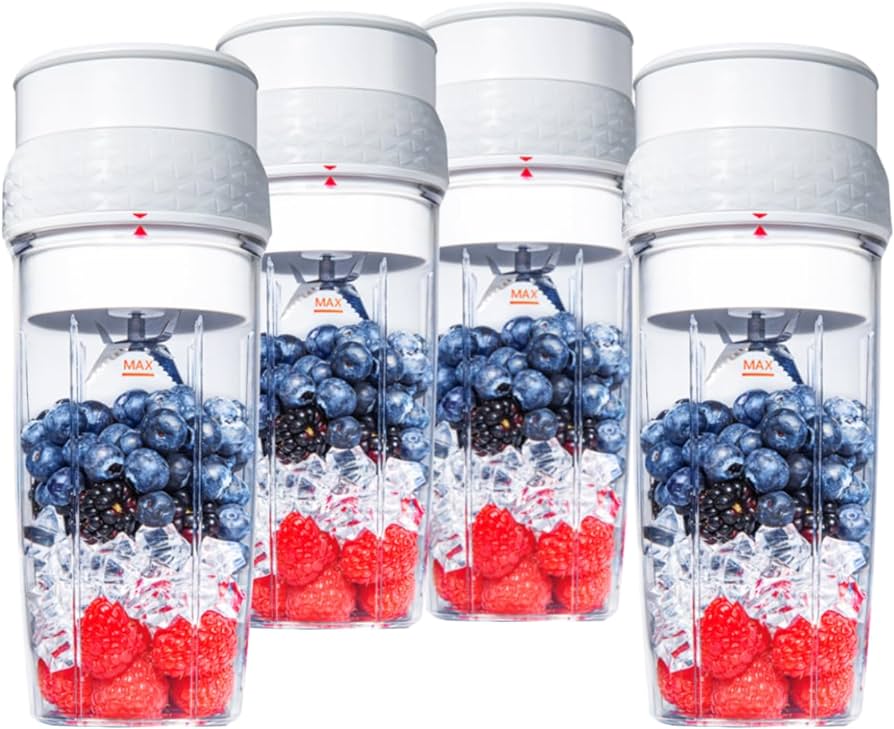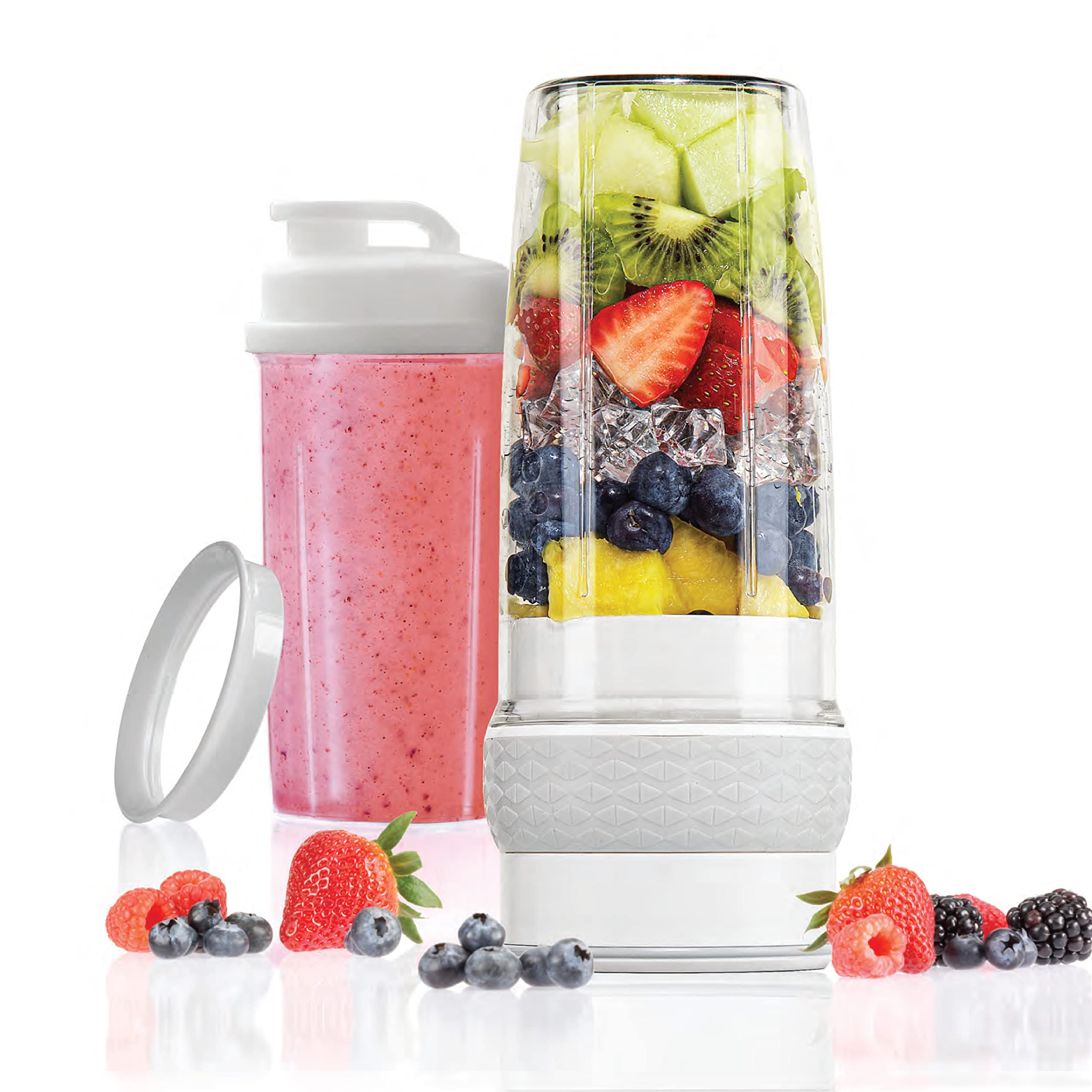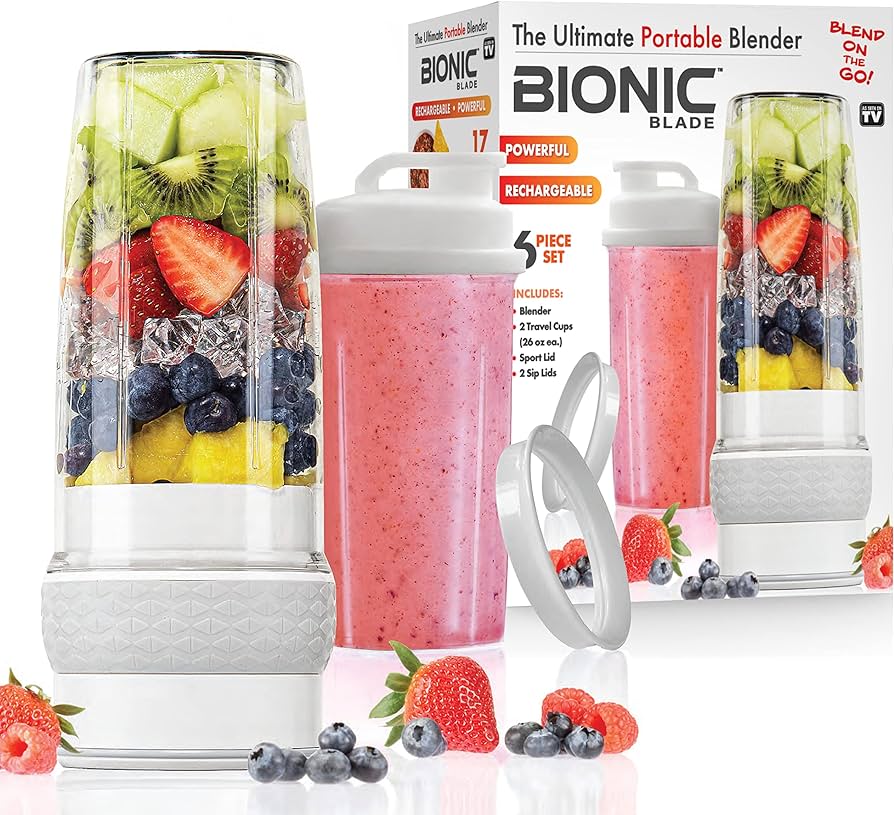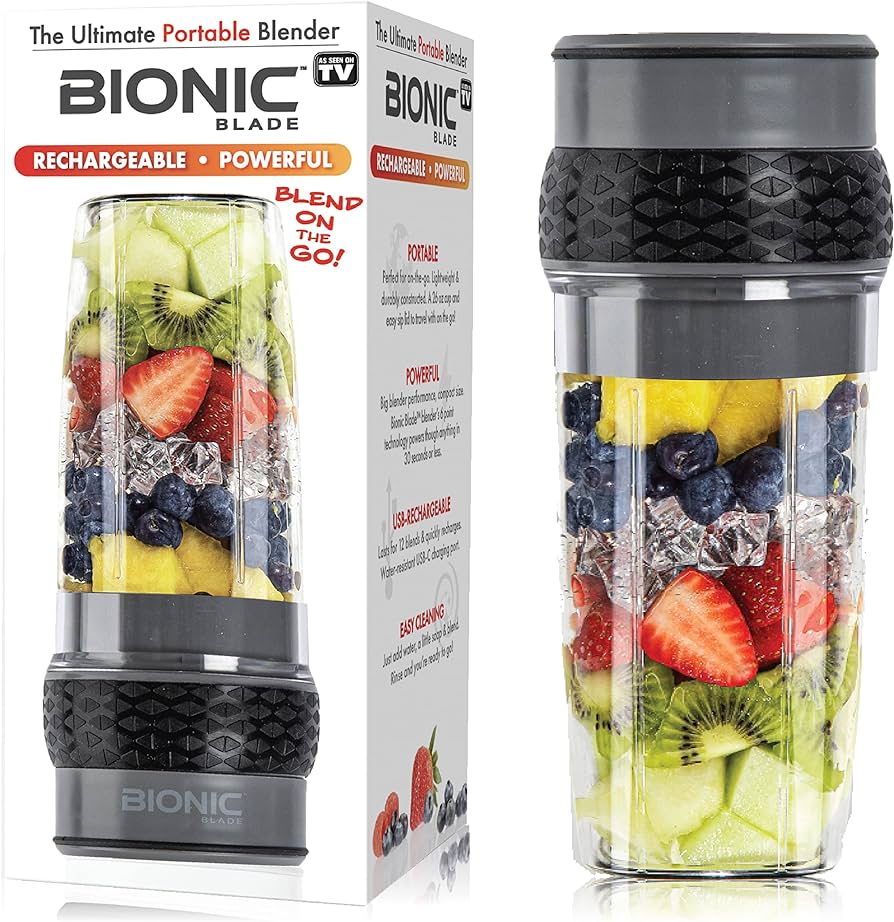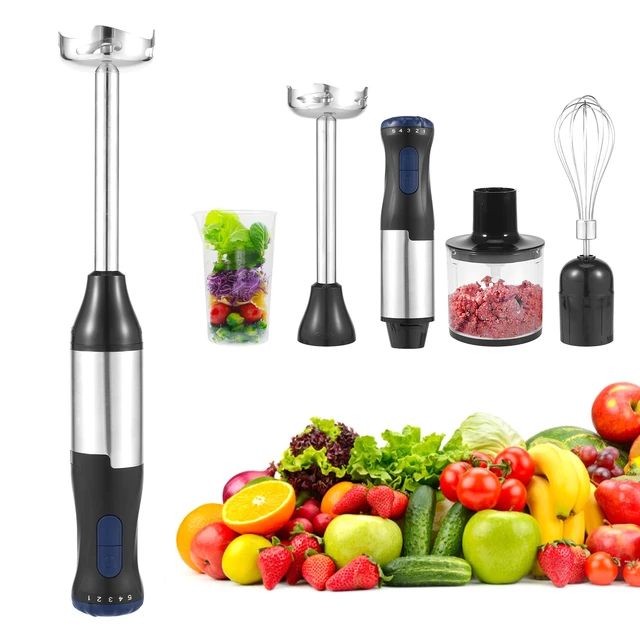
Introduction
An immersion blender, also known as a hand blender or stick blender, is a versatile kitchen appliance that can simplify many cooking tasks. Its compact design and convenient handheld operation make it a popular choice among home cooks. In this comprehensive guide, we will explore the various uses of an immersion blender. From blending soups and sauces to creating smoothies and whipped cream, we will delve into the specifics of how this versatile tool can enhance your culinary adventures.
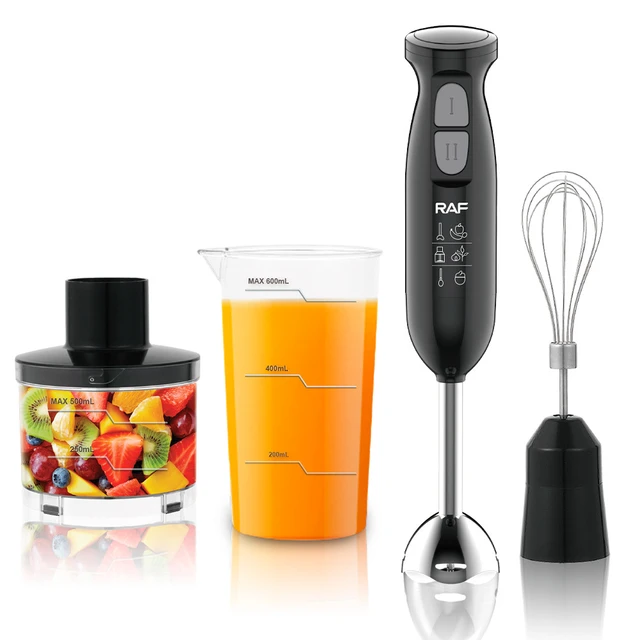
The Versatile Kitchen Tool: Exploring the Uses of an Immersion Blender
I. Blending Soups and Sauces
-
Creating Smooth Textures:
- Immersion blenders are highly effective for pureeing soups and sauces to a smooth and velvety consistency. With its powerful motor and sharp blades, an immersion blender can effortlessly blend cooked ingredients directly in the pot or saucepan.
-
Avoiding Mess and Transfers:
- Blending soups and sauces with an immersion blender eliminates the need for transferring hot liquids to a traditional countertop blender. This saves time and minimizes the risk of accidental spills or burns.
-
Blending Hot and Cold:
- Immersion blenders handle both hot and cold liquids, allowing you to easily blend a variety of soups, from warm tomato bisque to chilled gazpacho.
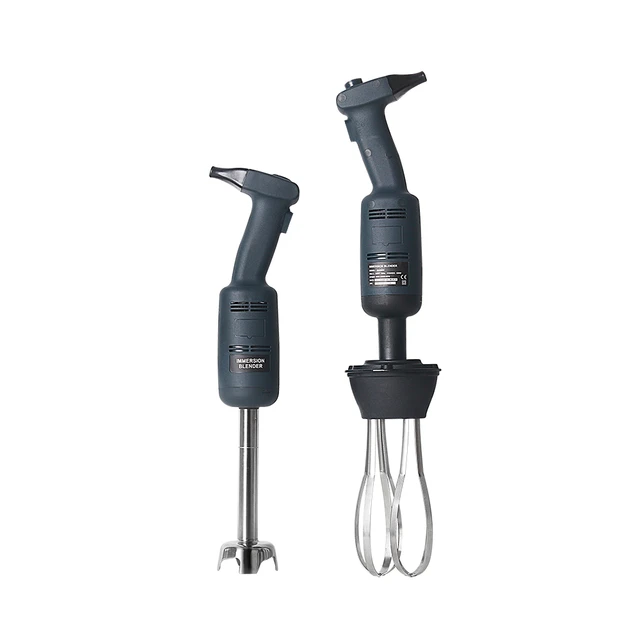
II. Making Homemade Smoothies and Shakes
-
Blending Fruits and Vegetables:
- Immersion blenders are excellent for creating creamy and nutritious smoothies. They can effortlessly blend fresh or frozen fruits and vegetables, ensuring a consistent texture without any chunks.
-
Customizing Flavors:
- Whether you prefer a classic strawberry-banana smoothie or want to experiment with unique flavor combinations, an immersion blender enables you to customize your smoothies to your taste while maintaining a smooth and even blend.
-
Portable Blender Cup Option:
- Some immersion blenders come with additional accessories, such as portable blender cups with lids. These cups allow you to blend and enjoy your smoothie on the go, without the need for a separate blender container.
III. Crafting Salsas, Dips, and Dressings
-
Chunky or Smooth Salsas:
- Immersion blenders are perfect for preparing salsas, allowing you to control the texture according to your preference. Blend some ingredients completely for a smoother salsa, while leaving others partially blended for a chunkier texture.
-
Creamy Dips and Dressings:
- Immersion blenders are useful for creating creamy dips and dressings, such as hummus, guacamole, or Caesar dressing. By blending ingredients directly in a bowl or container, you can achieve a smooth and cohesive texture.
-
Efficient Emulsification:
- Emulsifying dressings like mayonnaise or vinaigrettes becomes effortless with an immersion blender. The blade’s continuous motion helps incorporate oil into the mixture gradually and evenly, resulting in a stable and well-emulsified dressing.
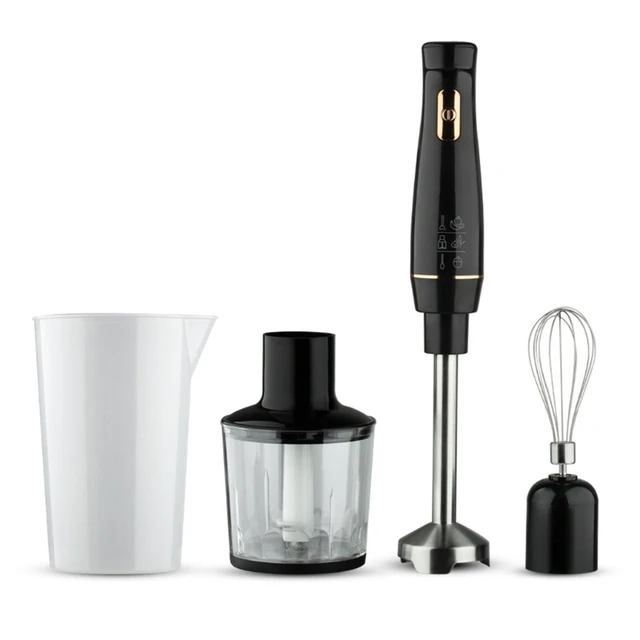
IV. Whipping Cream and Beating Eggs
-
Whipped Cream:
- Immersion blenders can be used to whip cream quickly and easily. With the appropriate attachment, this versatile tool saves time and effort. It ensures a fluffy and smooth consistency, ideal for topping desserts or adding richness to beverages.
-
Beating Eggs and Batters:
- Immersion blenders come with attachments that allow you to beat eggs and mix batters efficiently. This is especially useful for small batches or when you don’t want to bring out a larger stand mixer.
V. Crushing Ice and Making Crushed Ice Drinks
-
Crushing Ice with Ease:
- Immersion blenders equipped with powerful motors and sturdy blades can handle the task of crushing ice effortlessly. This feature is especially useful for making frozen cocktails, slushies, or crushed ice desserts.
-
Convenient for Small Quantities:
- Immersion blenders excel when you need to crush ice in small quantities. Rather than struggling with a larger appliance, simply immerse the blender into the container with the ice and allow it to crush it quickly and efficiently.
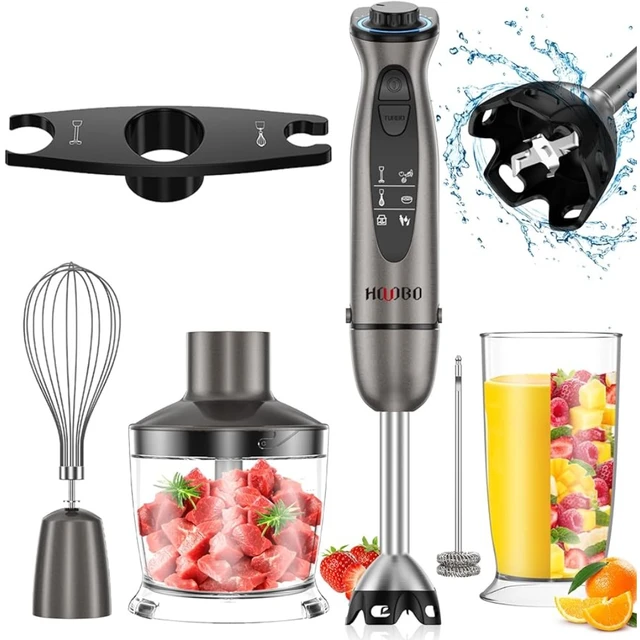
VII. Chopping Nuts, Herbs, and Vegetables
-
Efficient and Controlled Chopping:
- With the help of a chopping attachment or the blender’s blade, immersion blenders can swiftly chop nuts, herbs, and vegetables. This functionality is particularly beneficial when you need finely chopped ingredients for recipes like pesto, salsa, or garnishes.
-
Customizing Chop Sizes:
- Depending on your preference, you can control the texture of the chopped ingredients by adjusting the blending time. Pulse the immersion blender for a shorter duration for coarser chops or blend for longer to achieve finer results.
VIII. Whisking Eggs and Batters
-
Easy Egg Whisking:
- Immersion blenders equipped with a whisk attachment simplify the process of whisking eggs for omelets, scrambled eggs, or batters. The rapid motion of the whisk ensures efficient and thorough mixing.
-
Homogenous Batters:
- When making pancake batter, cake batter, or muffin batter, using an immersion blender with the whisk attachment guarantees a smooth and well-combined mixture. This eliminates the risk of lumps and results in even baking.
IX. Creating Homemade Baby Food
-
Puréeing for Baby Food:
- Making your own baby food allows you to ensure the quality and freshness of ingredients. An immersion blender is a handy tool for puréeing soft fruits, vegetables, and meats to create nutritious and customized meals for your little one.
-
Quick and Convenient:
- With its handheld design, an immersion blender simplifies the process of making homemade baby food. Simply blend steamed or cooked ingredients directly in a bowl or container, adjust the consistency as needed, and serve.
X. Mixing Beverages and Cocktails
-
Creating Frothy Beverages:
- Immersion blenders are excellent for mixing beverages, creating frothy goodness. Whether you’re whipping up a hot chocolate, homemade milkshakes, or protein shakes, the immersion blender ensures a smooth and creamy texture.
-
Blending Cocktails:
- When making cocktails that require thorough blending, an immersion blender helps incorporate different ingredients seamlessly. It saves time and effort compared to using a traditional blender or a cocktail shaker.
XI. Cleaning and Maintenance
-
Detachable Parts:
- Immersion blenders usually come with detachable blending attachments or blades, making cleaning a breeze. These parts can be easily disassembled after use for thorough cleaning and dried before storage.
-
Dishwasher Safety:
- Verify whether the blender attachments are dishwasher safe, as some models allow for hassle-free cleaning in the dishwasher. Always follow the manufacturer’s cleaning instructions for the specific model you own.
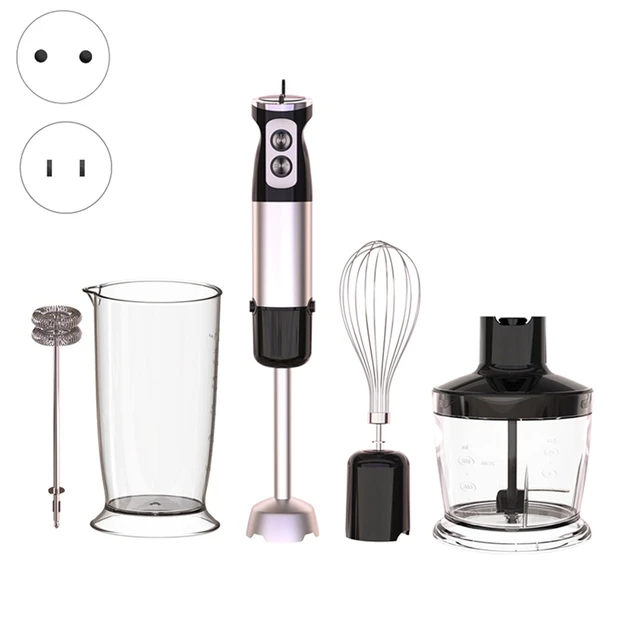
VI. Conclusion: Versatility at Your Fingertips
The immersion blender is a highly versatile kitchen tool with numerous applications. From blending soups and sauces to creating smoothies and whipped cream, it simplifies many culinary tasks. Its compact size, portable options, and easy operation make it a practical choice for any kitchen.
Embrace the convenience and functionality of an immersion blender as you experiment with a wide range of recipes. Whether you’re looking to achieve smooth textures, prepare dips and dressings, or whip up creamy delights, an immersion blender will be your trusty companion. Explore the possibilities and let your creativity flourish with this versatile kitchen tool.
